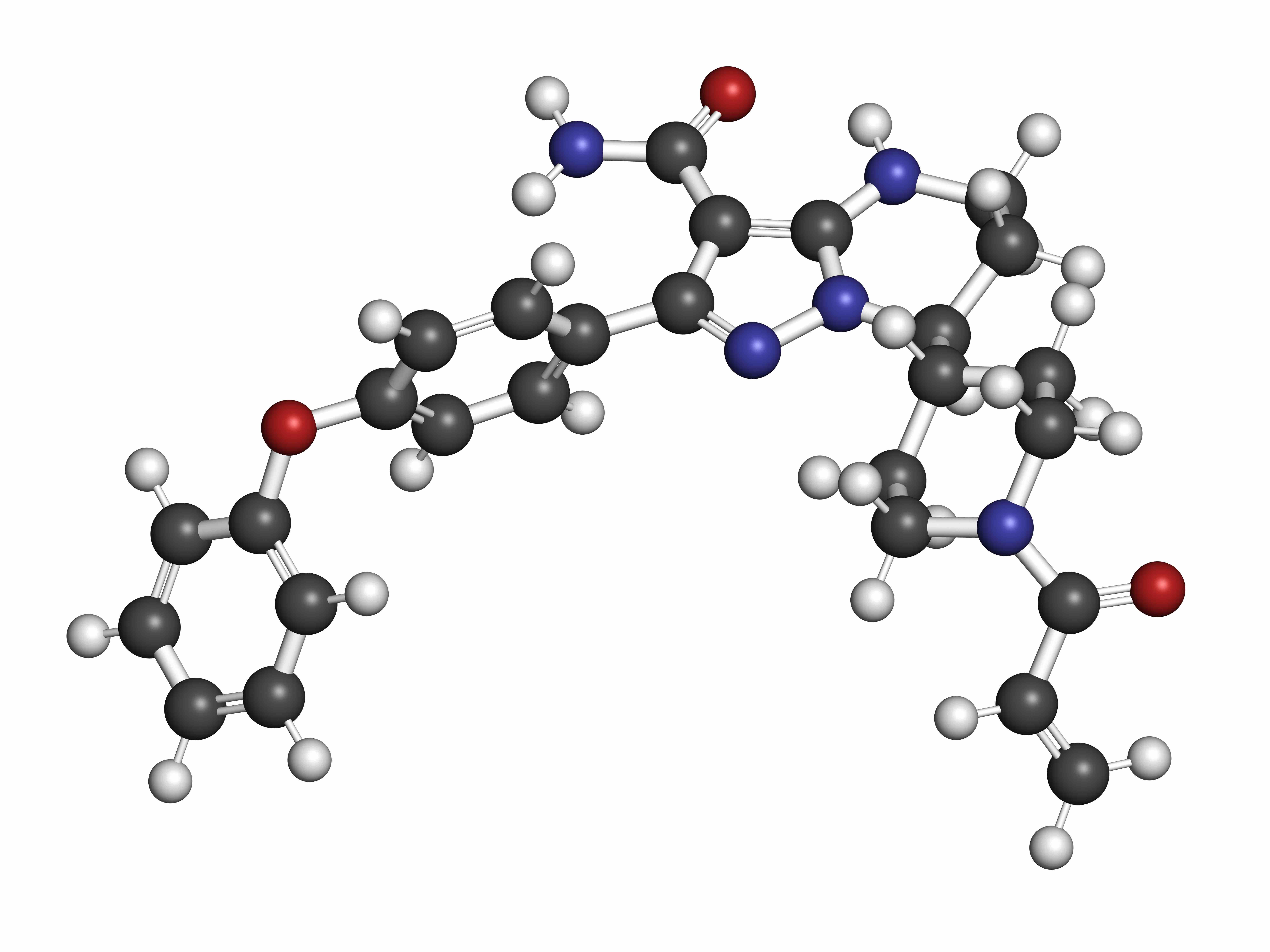Article
Study Explains Differential Diagnosis of CLL/SLL From Other Lymphomas
Author(s):
Chronic lymphocytic leukemia/small cell lymphoma (CLL/SLL) is rare, making it difficult to differentiate from other types of lymphoma. A new study helps explain key unique traits.
Chronic lymphocytic leukemia/small cell lymphoma (CLL/SLL) is a relatively rare type of lymphoma, which can make it difficult to distinguish from other types of leukemia and lymphoma. In a new article, investigators explain that diagnosis of CLL/SLL can be simple, if pathologists know what to look for.
Writing in The Journal of Clinical and Experimental Hematopathology, investigators from Okayama University, in Japan, explain differential diagnosis of CLL/SLL from other indolent lymphomas, such as follicular lymphoma, marginal zone B-cell lymphoma, and mantle cell lymphoma.
Corresponding author Tadashi Yoshino, MD, PhD, and colleagues write that CLL/SLL usually exhibits heterogeneous features, including ill-defined bright nodules with chromatin-rich background cells. These nodules are referred to as proliferation centers, and are composed of paraimmunoblasts, the Ki67 index of which is higher than ordinary CLL/SLL cells.
Conversely, Yoshino and colleagues write, most other CLL/SLL cells are smaller, though slightly larger than normal lymphocytes.
“In some cases, paraimmunoblasts are prominent and such cases should be differentiated from follicular lymphomas,” they write. “By lymphoma-cell morphology and immunostaining, this differential diagnosis is simple.”
CLL/SLL does not have specific biomarkers, but the authors note that the vast majority of cases have cytogenetic abnormalities.
“The most common alternations are deletions in 13q14.3 and trisomy 12 or partial trisomy 12q13,” Yoshino and co-authors said. “Deletion in 11q22-23, 17q13, or 6q21 are less common. Deletion in 11q (ATM and BIRC3) and 17p (TP53) leads to a poorer clinical outcome, whereas isolated deletion in 13q14 is associated with a more favorable clinical course.”
Like CLL/SLL, mantle-cell lymphoma (MCL) is positive for CD5, but it has other important differences from the former.
“Most mantle cell lymphomas are composed of intermediate lymphocytes and centrocytes exhibiting irregular nuclear contours, which is an important differential point,” Yoshino and colleagues write. “However, it may be composed of small-sized cells that resemble CLL/SLL.”
The authors also write that while CD200 is an important marker for CLL/SLL, it can also be indicative of MCL. It is therefore necessary to conduct further analysis in some cases.
“Of MCL cases, only a small subset is IGHV-mutated, which is frequently associated with a non-nodal leukemic presentation,” Yoshino and colleagues said. “In conclusion, CD200-positive MCL is highly similar to CLL/SLL, and IgH-cylinD1 rearrangement is needed for the differential diagnosis.”
Though CLL/SLL and MCL are most commonly CD5-positive, other lymphomas are also sometimes CD5-positive, Yoshino and colleagues write. For instance, marginal zone B-cell lymphoma (MZL) and follicular lymphoma can be CD5-positive.
“For MZL, CD5-positive patients often exhibit dissemination, bone marrow involvement, and/or leukemic state,” Yoshino and co-authors write. “In contrast, patients with CD5-positive follicular lymphoma more commonly have a high international prognostic index, often develop diffuse large B-cell lymphoma, and have a shorter median progression-free survival. These findings suggest that CD5 expression in follicular lymphoma is closely related to aggressiveness, and the role of CD5 varies among lymphomas.”
In the case of lymphoplasmacytic lymphoma (LPL), the authors write that it typically is not difficult to differentiate from CLL/SLL. However, unlike CLL/SLL, LPL is highly positive for CD23 but not CD5, whereas CLL/SLL is highly positive for both.
“The most important characteristic of lymphoplasmacytic (including lymphoplasmacytoid) lymphoma is MYD88 mutation,” the authors add.
Though CLL/SLL is rare, Yoshino and colleagues write that correct diagnosis is critical for effective treatment, adding that newer therapies are likely to become available in the coming years, increasing the potential upside for accurate diagnosis.
“A precise diagnosis is needed to select the most effective therapy, and although the exact role of each molecule described in this article has not been fully clarified, the molecular pathogenesis will be clarified in the near future,” they conclude.
Reference:
Yoshino T, Tanaka T, Sato Y. Differential diagnosis of chronic lymphocytic leukemia/small lymphocytic lymphoma and other indolent lymphomas, including mantle cell lymphoma. J Clin Exp Hepatol [published online April 3, 2020]. doi:10.3960/jslrt.19041.




